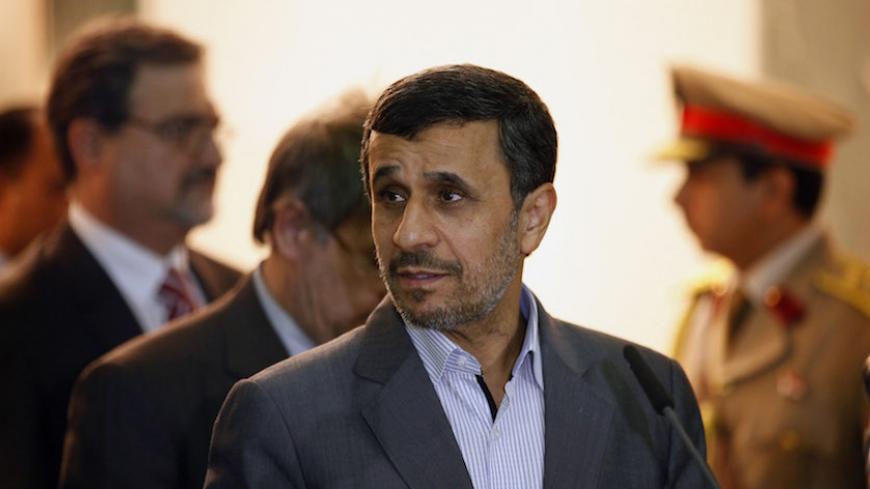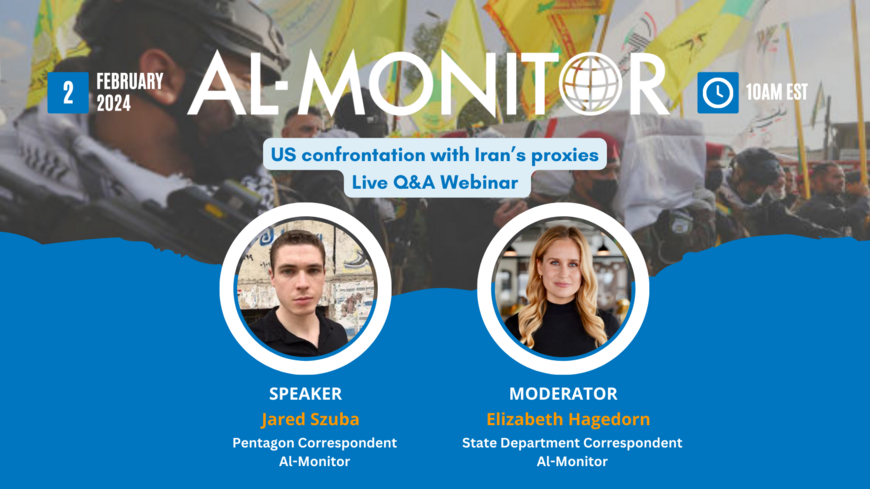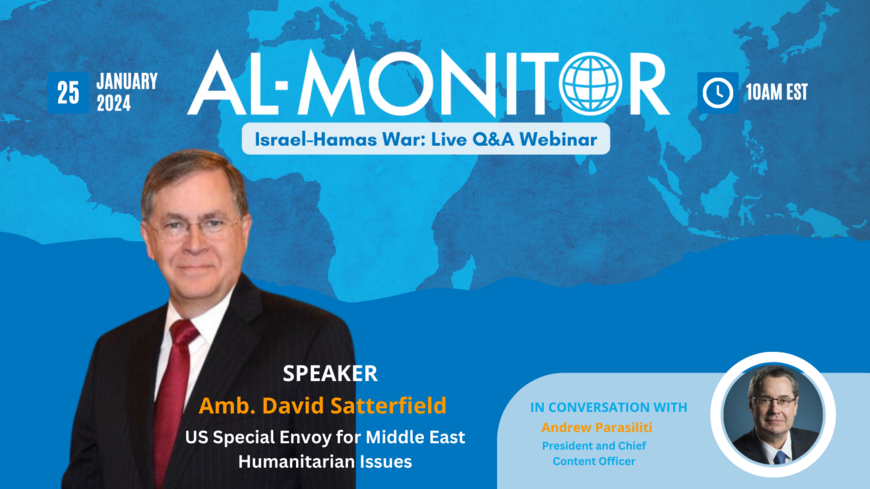According to Iranian media outlets, Iran’s former President Mahmoud Ahmadinejad has written President Barack Obama a letter.
The letter stated that despite Obama’s campaign slogans promising change, “the same hostile policies along with the same trend of enmity were pursued” against Iran. One of the many instances of the continued hostility toward Iran, according to Ahmadinejad, was the Supreme Court ruling that blocked $2 billion of Iran’s assets in the United States and awarded it to victims of terrorism. Ahmadinejad wrote that this ruling was “counter to legal principles” and asked Obama that the “seized property [be] released and returned.”



